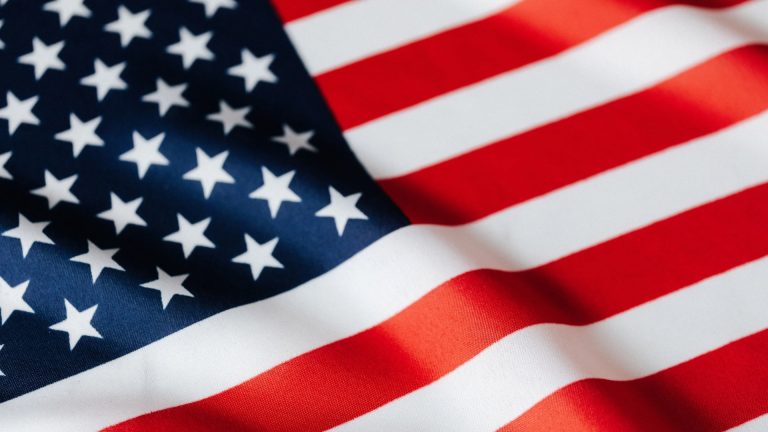EXACTLY where are we with regulation and compliance in the crypto world?
This, of course, is quite different from the digital world and there are effectively two quite separate codes of conduct. And if, like Coinbase, you are a quasi-bank (and it is fast working towards that) you have not one, not two, but THREE lots of regulators and regulations to deal with in the UK.
There are lots of places worldwide where there is but one crypto regulator. Why wouldn’t you go there rather than come to the UK? So we have the Government saying they want the UK to be the ‘go-to’ crypto country and the regulators lagging more than somewhat behind.
Compare that with the USA, where in all probability there is only going to be one set of rules and regulations to contend with. The potential new head of the SEC is a compliance man, so although pro-crypto, he won’t be calling open house .
We Brits are remarkably good at giving away our advantages. For example, the very first crypto ATM was in the UK – in Enfield of all places as it happens. The US of course promptly saw it as a good idea and currently has some 10,000 plus crypto ATMs countrywide.
And in the UK we have…. well, there may be one left. One. And why is that? Because the powers tasked with protecting the public thought only in terms of what scams and deception could be practiced and NOT in terms of financial innovation and progress. And don’t forget we had the very first cash ATM in this country too, as operated by Mr Barclays, so it was not that we didn’t know how they worked.
What of adoption of crypto and the like? Well, it is estimated that crypto stablecoin payments are already knocking on PayPal’s door and that within a year it is not impossible that they will exceed VISA payments.
Fanciful? Perhaps, but who could have predicted that a non-existent market with zero value thirteen years ago would be now worth getting towards $4 trillion. As regulation crawls forward, the man in the street will find that it pays him to use crypto, and so he inevitably will.
I wrote before about how digital assets were being brought within the UK’s legal framework and this has taken a step forward with the publishing of the Property (Digital Assets etc) Bill which is now in Parliament. As I argued before this idea that there was a specific legal aspect to digital assets as personal property is a massive step forward in regulation and certainty.
What is also clear is that we should step back from thinking of crypto as being a payments solution.
It is much, much more, and the regulators are already looking towards it being a digital commodity.
I for one would be happy to see this adopted as a “thing”. Whereas I used to say that crypto represented 1% of world assets, and therefore serious money managers should hold 1% of their assets in crypto, we are now looking at 3+%.
That fact has dragged many more Tradfi behemoths into the space, led by their customers demanding the service. Though when I said this earlier today I was told that the behemoths were doing it for the money. No surprise there.
Risk and control is as usual ramping up its grip. The market for crypto and digital assets are both evolving and growing and becoming more innovative, which in itself will force regulators to be more adaptive and clear.
A year ago, when Blackrock sat down to decide what a Bitcoin ETF might attract in funds, the absolute maximum envisaged (over time) was $5 billion. Several of the people in the room walked out talking of “fairy dust”.
In the event as of now the Blackrock ETF is worth about $50 billion and the rest another $50 billion. Some Fairy. Some Dust.
Temple Melville, CEO of The Scotcoin Project CIC




